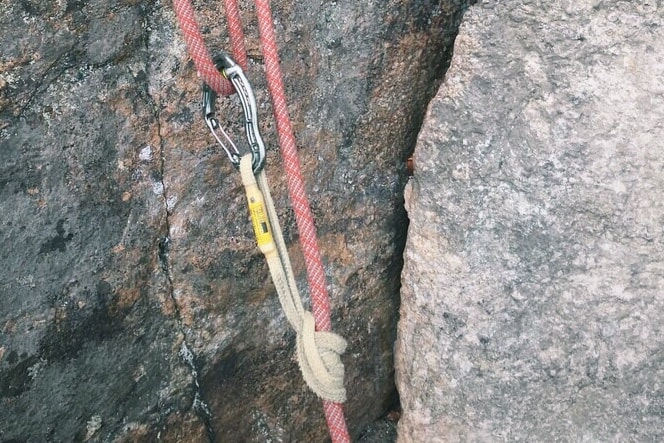What’s the heaviest piece of gear on your rack? Is it the #6 cam that some guy on Mountain Project swears you’ll need to protect the crux? No. Is it the liter of water that your partner surreptitiously clipped to the back of your harness? No. Is it your pet cat that you just couldn’t leave at home for the day? No. The heaviest single piece of gear on your rack is always your rope.
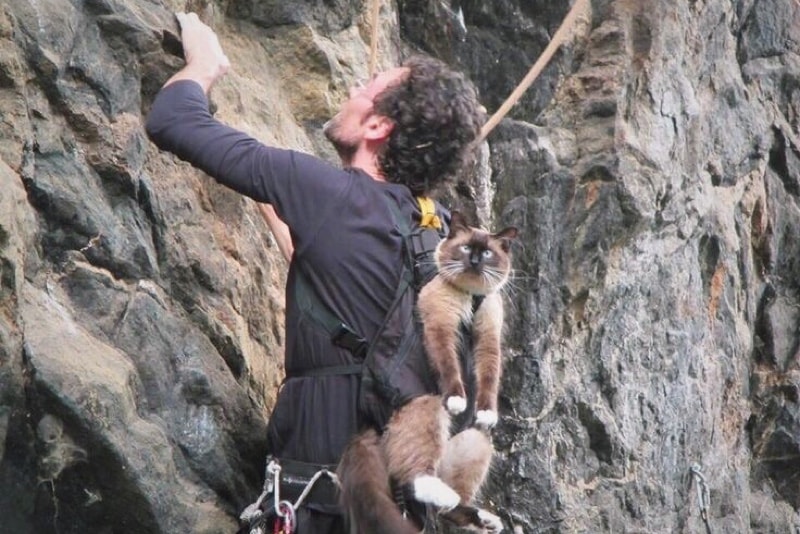
Moja Gear does not endorse forcing animals to climb with you.
Even the lightest single rope on the market, the Beal Opera 8.5mm, weighs over six pounds. That’s the equivalent of five #6 cams, and if you’re carrying that many wide cams, the weight of your rope is much less of a concern than the heinous off-width you’re about to climb! For the rest of us mortals, the rope is a constant burden and the higher you climb, the heavier it gets.
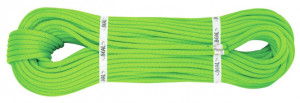
At 8.5 mm and 48 g/m, the Opera is the lightest single rated rope on the market.
On long or wandering pitches, rope drag complicates the situation; even the Beal Opera will feel heavier than an anchor after 60 meters of meandering climbing. Thankfully, DMM has a brilliant solution to the ever-present problem of rope drag: the Revolver carabiner.
What is the DMM Revolver?
DMM’s Revolver carabiner incorporates an integrated pulley into the apex (rope end) of the carabiner. Unlike traditional carabiners, where the rope slides over a fixed bearing surface, the Revolver guides the rope over a near friction-less pulley. This reduces friction by upwards of 40%, according to DMM.
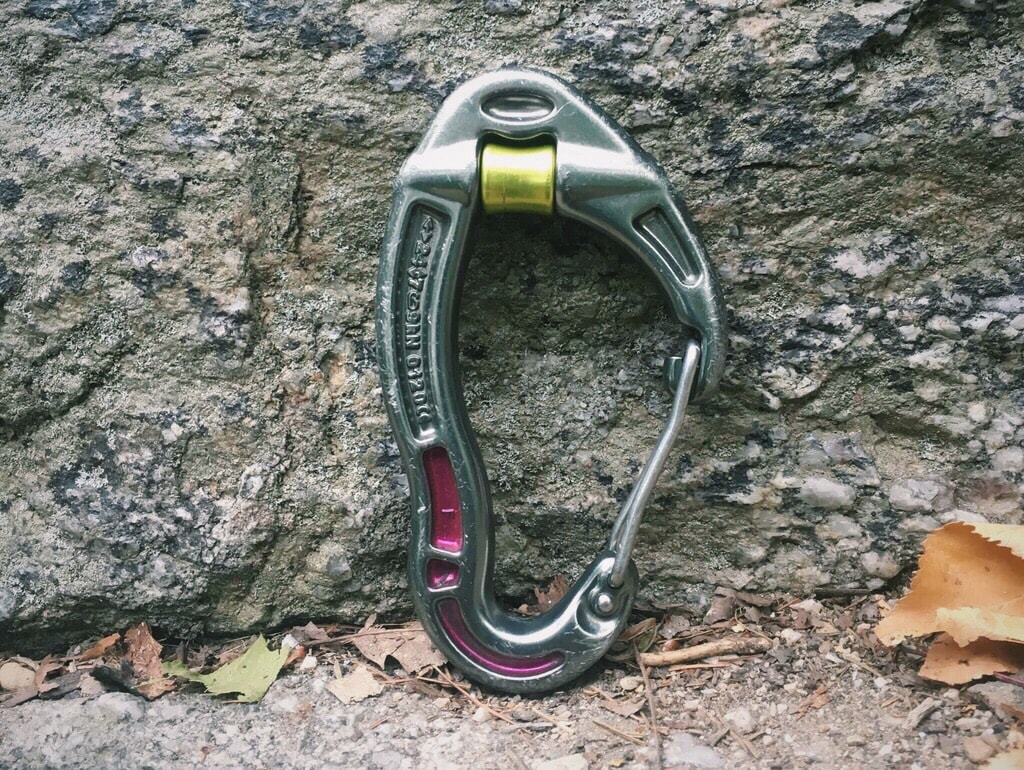
Introducing Revolvers at key changes of direction on a pitch can mean the difference between lazily pulling slack up at the belay station and heaving the rope up with all of your weight.
Uses of the Revolver
While the Revolver was designed specifically to mitigate rope drag, it’s use as a pulley cannot be understated. Even on long pitches without significant rope drag, pulling up slack at a belay station can be exhausting. By clipping the rope through a revolver on the anchor, a climber can use their weight to pull down, instead of pulling up.
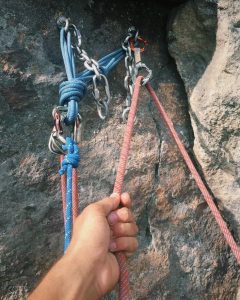
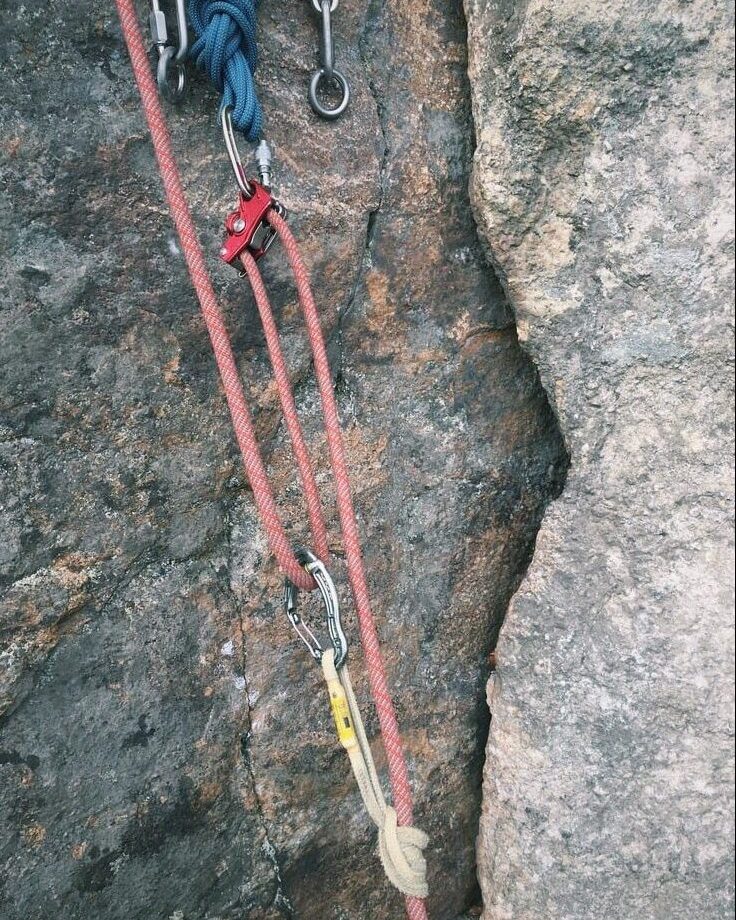
The Revolver shines in its ability to serve multiple functions. In addition to preventing gnarly rope drag, it augments a basic self-rescue kit. It can be used in place of a normal carabiner when constructing a 3:1 haul system to pull up a stuck partner. The Revolver can also be used to jug a rope “Froggy Style”, once again replacing a traditional carabiner with the benefits of a pulley, thereby making a more efficient system.
Putting the Revolver to use
The Revolver has a tendency to flip when attached to a shoulder length sling, putting the pulley on the sling side, and rendering it useless. For this reason, it is best to keep the Revolver attached to a quickdraw. It may seem counter-intuitive, but the friction reduction from the pulley far outweighs the lack of extension. In addition, keeping a free Revolver on the harness, along with a Hollow Block prusik, will allow a climber to perform most basic self-rescue techniques with ease, without the added weight of carrying a dedicated pulley and ascender.
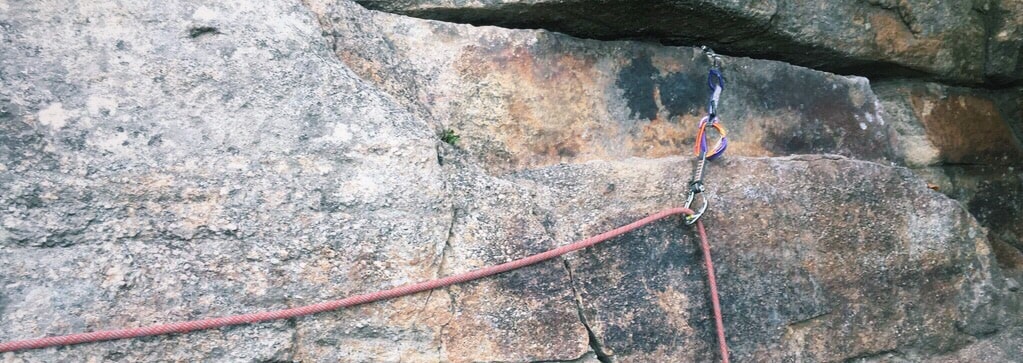
The Revolver is a wonderful piece of gear when used appropriately. However, there are some important situations in which it should not be used. DMM recommends against using the Revolver for a top rope anchor, as a prolonged buildup of heat can damage the pulley. Additionally, friction at the anchor of a top rope system is beneficial, requiring less force to be used to catch a falling climber. The Revolver should not be clipped into bolts or pieces of protection. Finally, loads of 11 kN or higher can damage the integrated pulley. These forces are uncommon is most climbing scenarios, but a serious lead fall may result in damage to the pulley. Inspect your gear regularly and after big falls.
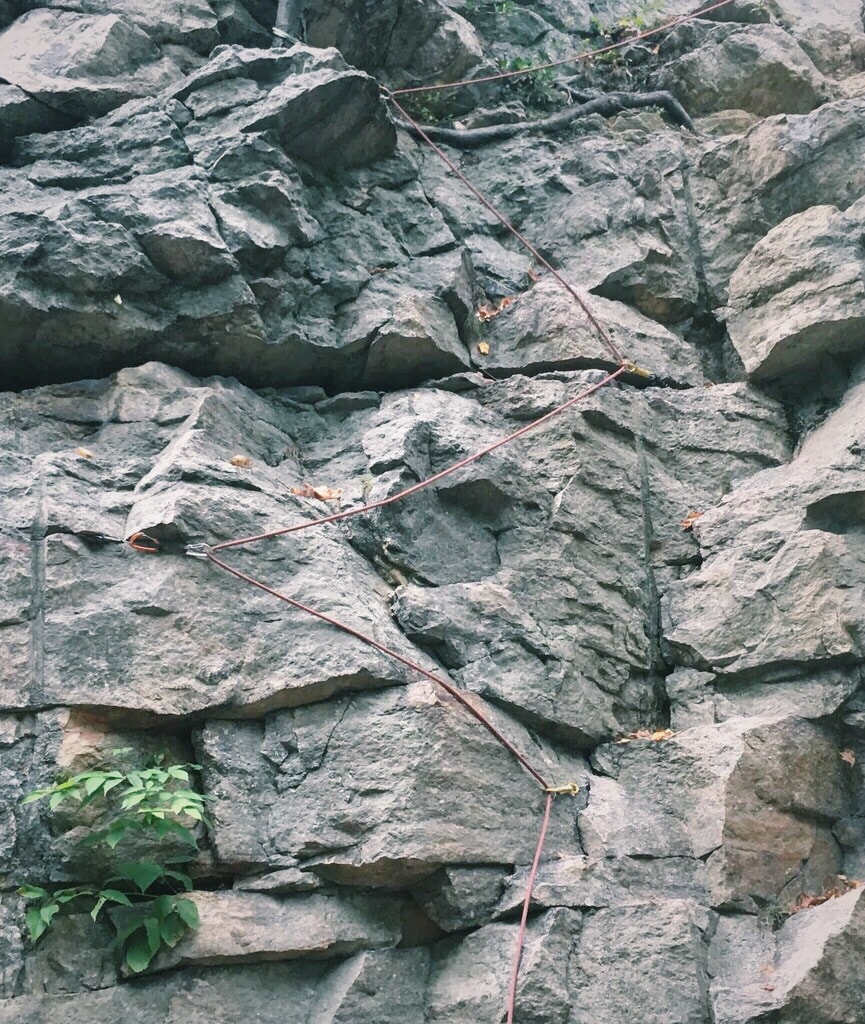
If your leads look like this, you’re going to need a lot of Revolvers.
Community input
The Revolver is rated 4.1 out of five stars or higher on Amazon.com, Backcountry.com, and REI.com. It is important to note that most critical reviews come from those who replaced dedicated pulleys with Revolvers. While the Revolver is much more efficient than using a carabiner, it is not as efficient as a dedicated pulley. If you plan on hauling a pack or need a dedicated rope rescue system, then a traditional pulley will be much more useful. Reviewers who implemented the Revolver for rope drag reduction and efficient self-rescue had much better things to say about the carabiner. One reviewer recounts his experience:
I have one of these and reserve it for placements where the rope has a change in direction that might add extra rope drag. I also use it on the first placement if the belayer is not right under me. The third place I use it is for the locking gate below a run-out where I wander back and forth above the placement. It’s definitely a confidence booster.
Renowned climbing writer Andrew Bisharat called the Revolver
One of the more underrated climbing inventions of recent times.
Embracing efficiency
The Revolver is available as a wiregate, screwgate, and autolocker. My recommendation is to carry one wiregate Revolver on the rope end of a quickdraw and one screwgate Revolver on your harness. The screwgate is only marginally heavier than the wiregate, weighing in at 64g and 51g respectively. The screwgate can often be found on sale for the same price as the wiregate. Those concerned about adding weight should consider replacing one of their traditional lockers with a locking Revolver; the Revolver can perform most functions of a traditional locking carabiner, with the added benefit of its built in pulley.
Safety and efficiency are the hallmarks of the DMM Revolver. It absolutely shines on wandering routes, but its benefits are far reaching. Once you’ve used a Revolver on a meandering pitch, and climbed while whistling and listening to the birds rather than battling the rope, you’ll never want to leave the ground without it.
Wiregate Revolver
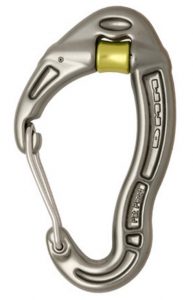
Screwgate Revolver
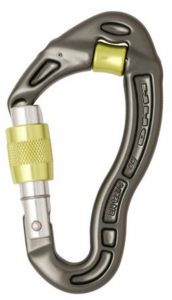
Autolocking Revolver
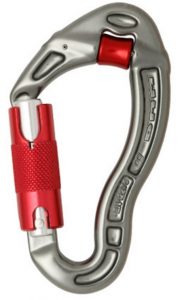
Gear You Ought to Know is a series that showcases underrated, underappreciated, or just plain innovative gear in a discussion-based format. If there’s a piece of gear you’d like featured, let us know.
Want more climbing content? Get our awesome climbing newsletter, delivered weekly.
Explore more
- View all gear features
- Gear You Ought to Know: Sterling Hollow Block
- Gear Review: Black Diamond’s New Magnetron Auto-Locking Carabiners
- Black Diamond Ultralight Camalot vs. Metolius Ultralight Master Cam Comparison Guide
- This Week’s Best Rock Climbing Gear Deals
- How to Build a Trad Rack
- Free PDFs on rock climbing technique, training, knots, and more

